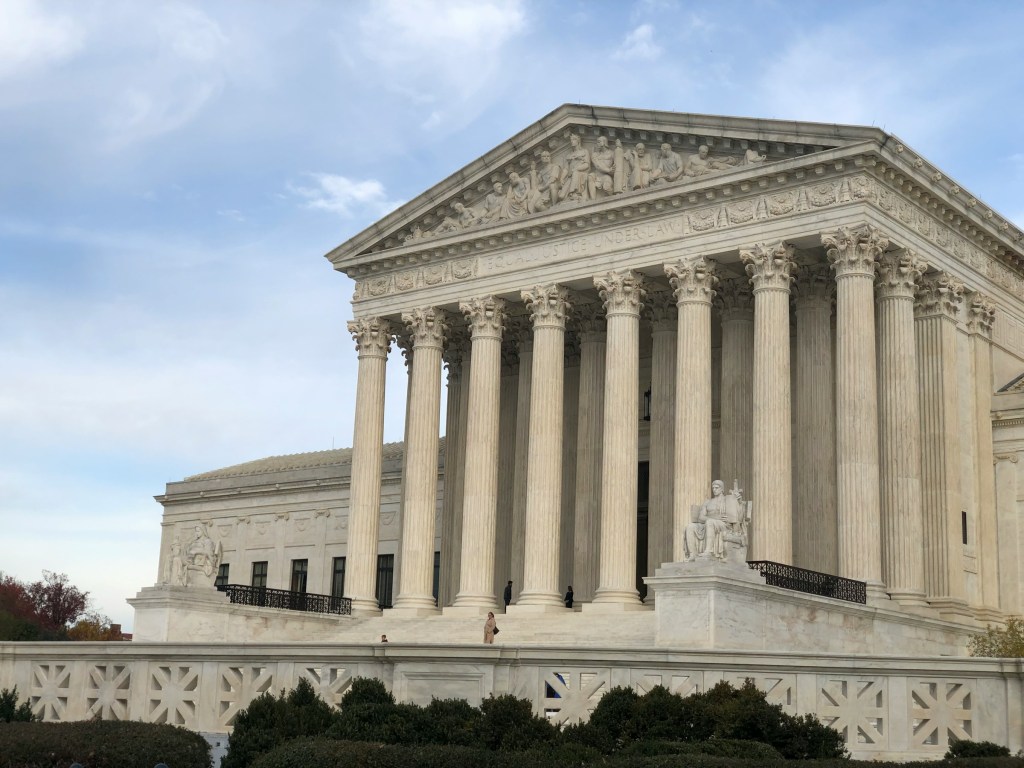Supreme Court rejects Trump’s effort to deploy National Guard in Illinois
The worst Supreme Court case you’ve never heard of, and what it tells us about Trump’s immigration enforcement
More news
December docket dash: twenty new (likely) relists on seven issues
The Relist Watch column examines cert petitions that the Supreme Court has “relisted” for its upcoming conference. A short explanation of relists is available here.
The Supreme Court continues to churn through relisted cases at a brisk clip as it works to fill out the rest of this term’s argument calendar ahead of its mid-January deadline.
That churn has already produced both winners and losers. The biggest winner was Terry Pitchford, who has been sitting on death row for years for his role as an accessory to a killing during a botched robbery; after seven relists, the court granted review to hear argument stemming from his claims that the prosecutor impermissibly considered race in striking potential jurors. Another beneficiary is Samuel Fields, also on death row, who persuaded the Supreme Court to entertain his seriously belated rehearing petition arguing that he was entitled to relief under clearly established law. The court will now consider the merits of his rehearing petition at their first January conference.
Continue ReadingRedistricting cases head for rock bottom
Justice, Democracy, and Law is a recurring series by Edward B. Foley that focuses on election law and the relationship of law and democracy.
Please note that the views of outside contributors do not reflect the official opinions of SCOTUSblog or its staff.
Redistricting law is an utter mess. One major culprit is the Supreme Court’s 2019 decision in Rucho v. Common Cause, which held, 5-4, that addressing partisan gerrymandering is beyond the reach of federal courts.
One might think that once the judiciary has washed its hands of a topic, at least there’s no more ill that can come from that abdication. Yet Rucho looks worse and worse with each fresh redistricting case that the court must confront.
Continue ReadingA way out remains for birthright citizenship decision
Immigration Matters is a recurring series by César Cuauhtémoc García Hernández that analyzes the court’s immigration docket, highlighting emerging legal questions about new policy and enforcement practices.
Please note that the views of outside contributors do not reflect the official opinions of SCOTUSblog or its staff.
When the Justice Department asked the Supreme Court to consider the legality of President Donald Trump’s birthright citizenship executive order, it presented the justices with two cases in which the government had lost in the courts below. The justices’ decision to add one of these cases to its docket, but not the other, suggests that the road to an opinion that deals head-on with the constitutionality of the president’s directive isn’t clear. Though chances are still high that the court will decide whether Trump’s order is legal, it left open the possibility that it will instead focus on a technical procedural issue.
Continue ReadingSupreme Court rebuffs Trump administration’s request in dispute over immigration judges
The Supreme Court on Friday turned down a request from the Trump administration in a dispute over a policy limiting speaking engagements by immigration judges. A federal appeals court had sent the challenge by a group representing the judges back to a federal trial court for more fact-finding on the independence of the administrative scheme set up to deal with claims by federal employees, and – in a brief unsigned order – the justices left that ruling in place. However, the court also left open the possibility that the government could return to the Supreme Court to seek relief “if the District Court commences discovery proceedings” before the justices rule on the government’s petition for review of the lower court’s decision. Law professor Stephen Vladeck, who closely tracks cases on the court’s docket, stated on social media that Friday’s order was the Trump administration’s “first real loss” at the Supreme Court since April of this year.
Continue Reading“Supreme Advocacy”: supreme on style, a bit light on substance
We haven’t had a film review on SCOTUSblog for quite some time now. Given that, we figured Bloomberg Law’s “Supreme Advocacy: What It Takes to Argue at the Supreme Court,” was the perfect candidate. The 40-minute documentary, directed by Andrew Satter, follows Supreme Court litigator Roman Martinez, a Latham & Watkins partner who has argued 16 cases in front of the justices.
Continue Reading